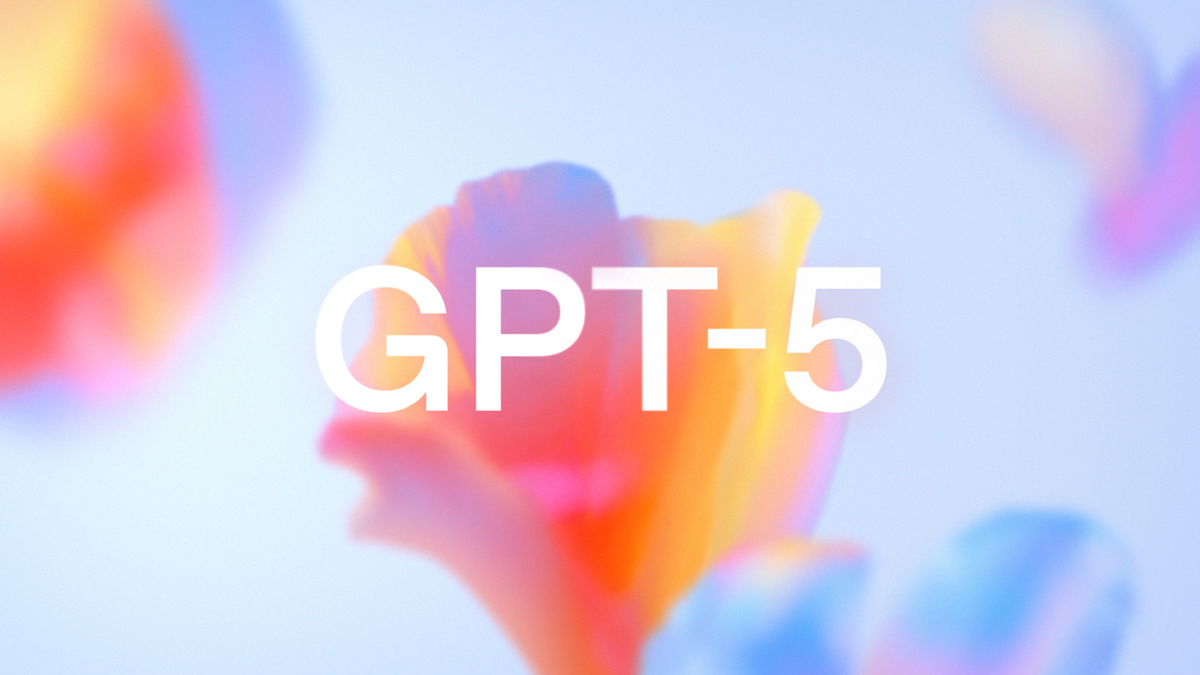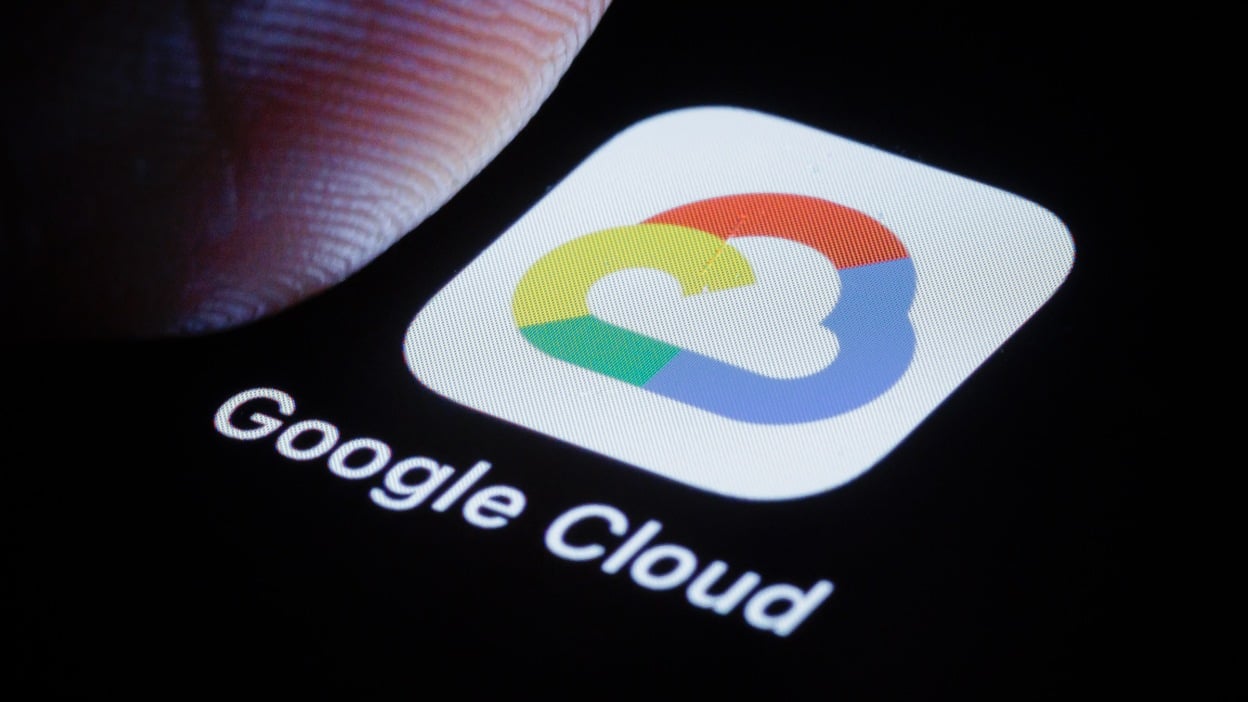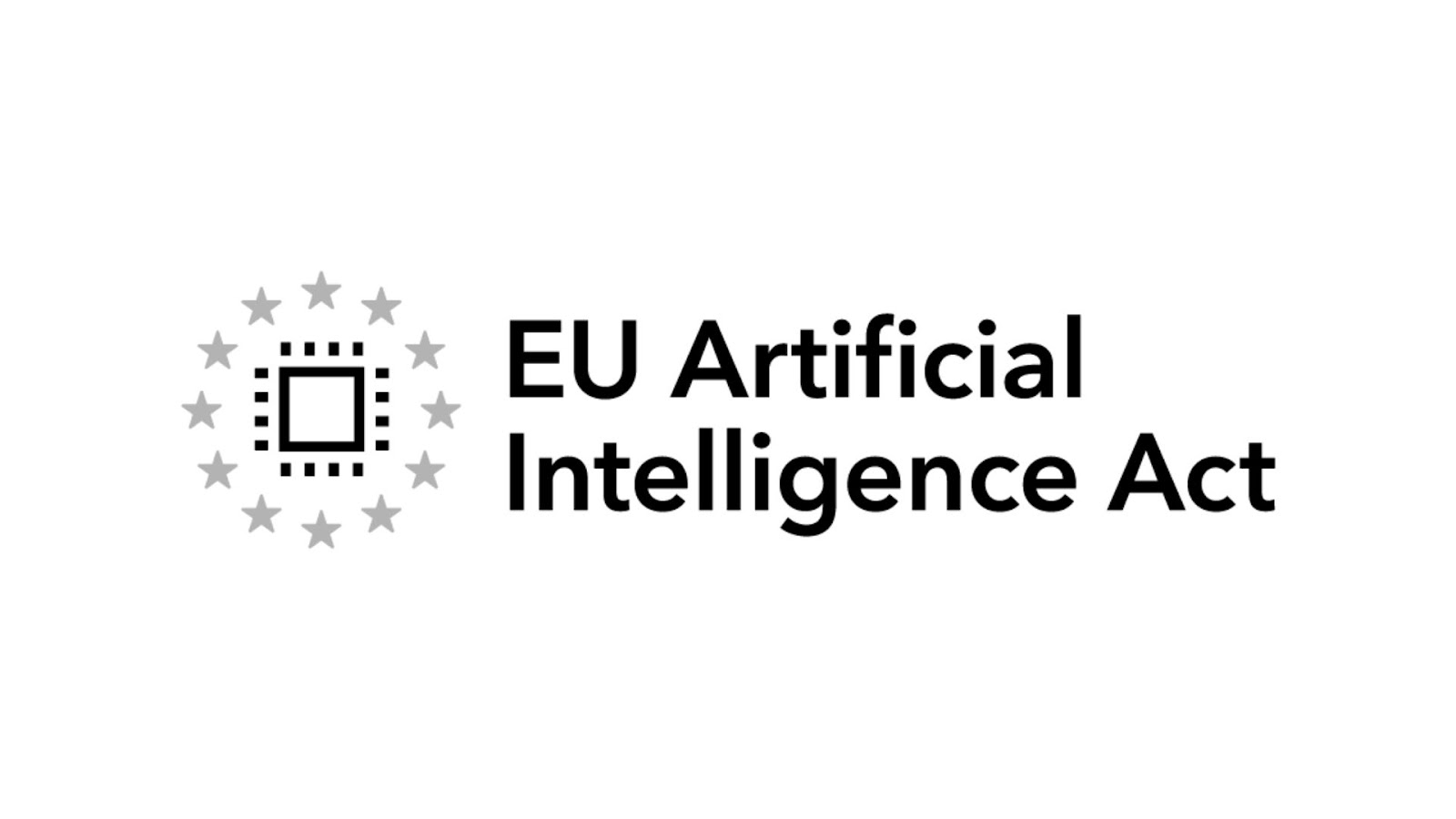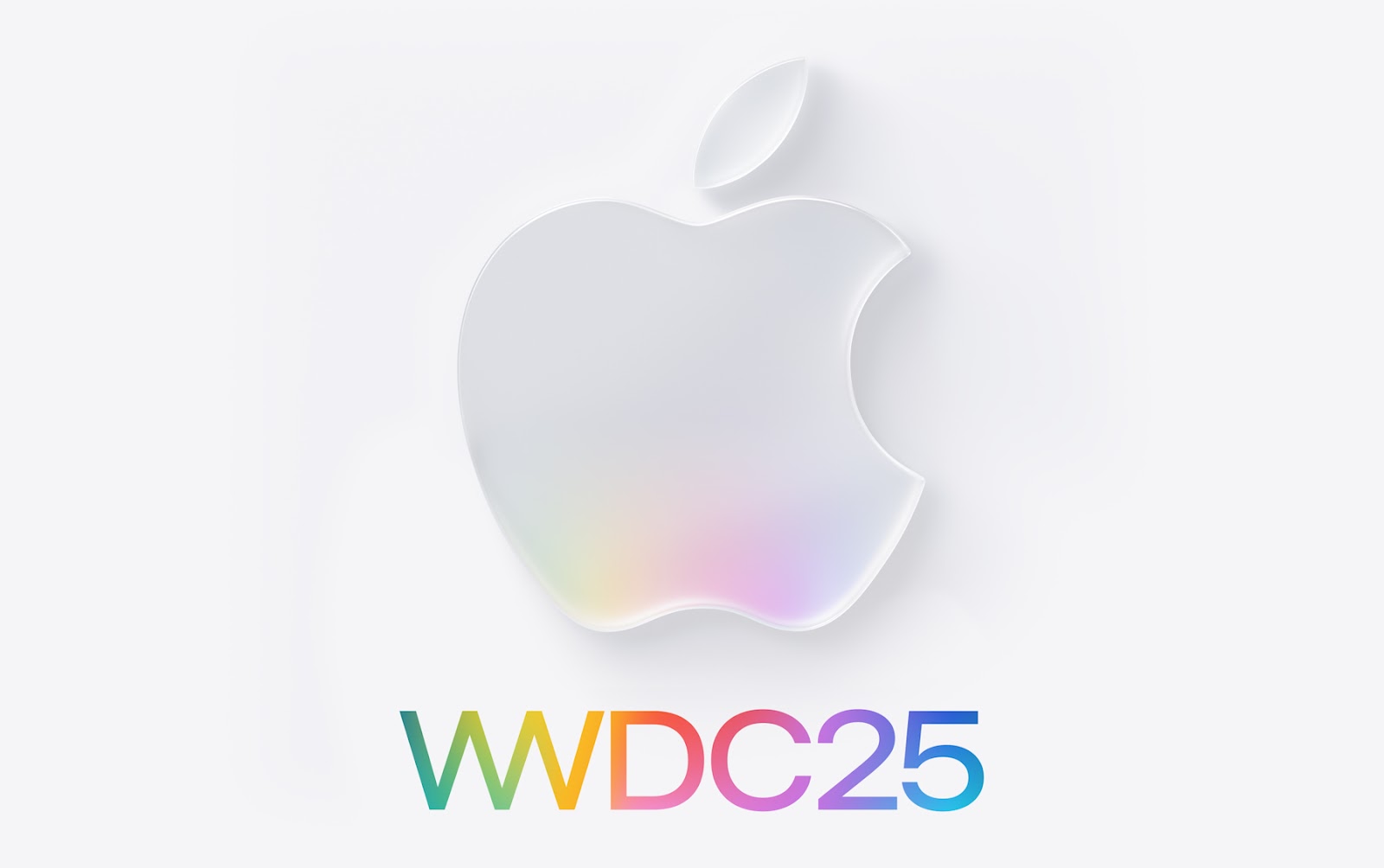
July was a landmark month in AI, featuring aggressive talent plays, maneuvering of regulators, and the acceleration of Actionable GenAI across the enterprise. From Google’s $2.4B purchase of coding talent to Apple’s successful implementation of a local-first AI stack, Big Tech is signaling a shift from model innovation to infrastructure control. With competitive pressure mounting, speed of execution, not just the size of business, is becoming the new benchmark.
Google’s $2.4B Windsurf Deal Signals Escalating Talent War in Agentic Coding AI
Google has licensed core technology and hired key personnel from AI coding startup Windsurf in a $2.4 billion nonexclusive deal, a strategic acquihire that sharpens competition in the agentic coding space. The deal, announced July 11, brings Windsurf’s co-founder and CEO Varun Mohan, co-founder Douglas Chen, and several senior R&D staff into Google DeepMind to accelerate work on the Gemini project. Notably, Google gains no equity stake but secures licensing rights to select Windsurf IP, enabling access without triggering antitrust oversight.

Source: https://freebiesupply.com/logos/google-logo/
It also follows mounting pressure among leading AI labs to lock down engineering talent that can drive the march toward autonomous coding tools. Windsurf was on the cusp of being acquired by OpenAI earlier this year in a deal that could have been worth up to $3 billion, but concerns about IP-sharing requirements with Microsoft (OpenAI’s biggest backer) broke down the talks, according to reports. Google's faster, cleaner licensing framework provided Windsurf an off-ramp, while investors, including Kleiner Perkins and Greenoaks, preserved equity upside and immediate liquidity.
With former Windsurf engineers now aligned under Google DeepMind and Cognition separately acquiring the remainder of Windsurf’s assets, the AI code tooling landscape is entering a new phase of vertical consolidation. The stakes are high: as GenAI moves deeper into enterprise development environments, control over coding agents could define leadership in the next wave of developer productivity platforms.
OpenAI Slows GPT-5 Rollout Amid Intensifying Competition from Google and Meta
OpenAI GPT-5 release has quietly passed its original targeted release date this summer, as internal pressure mounts to keep up with increasingly stiff competition. While OpenAI continues shipping incremental reasoning models (O3, O4-mini) and testing early agentic capabilities in ChatGPT, its flagship model update has been deferred for additional safety testing. CEO Sam Altman confirmed that delay, speaking to the importance of further assessing high-risk behaviors before implementing a model with wider access to the system.
The pause comes as Google DeepMind’s Gemini Ultra gains ground across benchmark leaderboards and real-world deployments. Gemini’s native multimodal architecture and its integration into Google’s productivity suite signal a strategic shift toward full-stack enterprise control, from infrastructure to interface. Meanwhile, Meta’s open-source momentum with LLaMA 4 and China’s Moonshot AI’s trillion-parameter Kimi K2 underscore that OpenAI no longer operates in a vacuum.

Source: https://www.techradar.com/ai-platforms-assistants/chatgpt/gpt-5-just-got-a-big-new-upgrade-and-sam-altman-has-fixed-plus-users-biggest-complaint
OpenAI itself is struggling with complexity on the model orchestration side. GPT-5 will merge its performant GPT series and its slower-and-larger reasoning O-series models into a finely-tuned hybrid stack: on a knife's edge of the cost/quality/latency curve. Such an architecture brings deployment and user-experience trade-offs, making release-readiness that much more paramount. Altman has indicated that GPT-5 will eventually be available to all tiers of users (Free, Plus, and Pro), but the exact time frame is still up in the air.
The delay underscores a crucial shingle point: The AI race is no longer a matter of just raw performance at the top line. Innovation labs at the frontier now have to balance speed of innovation with debt loads, regulatory scrutiny, and reputation risks. Trust, reliability, and execution discipline are emerging as the real differentiators as GenAI systems become platform infrastructure.
Google Cloud Targets Practical AI With Workflow-Driven Gemini Use Cases
At its July summit in London, Google Cloud made a clear pitch to enterprise buyers: GenAI is no longer experimental, it’s operational. Live demos and a few case studies demonstrated how Gemini supports sales, customer experience, and IT workflows, all focused on how AI can automate repeatable business tasks with provable ROI. For sales organizations, Gemini-powered forecasting helpers are now live in Salesforce integrations to assist teams in identifying churn signals, upsell opportunities, and prioritizing pipeline based on modeled buyer intent. In parallel, NPS workflows are also being re-engineered with Gemini to bubble up sentiment trends from open-text feedback based on the qualitative feedback in your responses.

Source: https://mashable.com/article/google-cloud-caused-internet-outage-cloudflare-says?test_uuid=003aGE6xTMbhuvdzpnH5X4Q&test_variant=a
The change is particularly tactical for IT pros. Gemini in Google Workspace can now process complex support tickets, autogenerate configuration documentation, and create step-by-step resolution guides. Admins can initiate these workflows directly in tools such as Docs and Gmail, eliminating the need for manual updates. Early adopters, such as Starling Bank, have reported saving thousands of staff hours per month with Gemini-powered internal agents.
Behind the scenes, Google has doubled down on trust levers important to CIOs: Vertex AI and Workspace Gemini now offer EU-only processing modes, admin dashboards, and audit trails for AI usage, all while maintaining feature parity across sovereignty tiers. But questions about deployment metrics persist. Despite this, and the fact that Google boasts of over 400 AI deployments in the UK and Ireland, enterprise buyers are still asking for tougher KPIs: agent creation velocity, headcount of certified staff, and cost of ownership. As mid-sized organizations look for patterns they can repeat, the way forward is converting these localized AI victories into repeatable, cross-industry execution playbooks.
EU Launches AI Act Code of Practice: A Compliance Roadmap for GPAI Providers
The EU’s newly introduced Voluntary Code of Practice for the AI Act offers a structured and immediate pathway for general-purpose AI (GPAI) model providers to align with upcoming regulatory obligations ahead of formal enforcement in August 2025. Authored by 13 independent specialists and more than 1,000 stakeholders, the Code covers important operational areas: transparency, copyright, and systemic risk management, which are each supported by practical resources such as model documentation templates and compliance-ready copyright policies. Though non-binding, it allows providers to demonstrate good-faith compliance during the two- to three-year window before European technical standards are finalized.

Source: https://cadeproject.org/updates/eu-rules-on-general-purpose-ai-models-now-in-effect/
Importantly, the Code offers guidance and liabilities assigned for AI developers, in particular for SMEs facing a maze of regulations. The Code, therefore, allows any company that joins it to have a sound basis for compliance, avoiding piecemeal, case-by-case demonstrations of their adherence to Articles 53–55 of the AI Act. For systemic-risk models, the Code digs down further, specifying risk assessment frameworks, cybersecurity expectations, and external assessment requirements. It is a reflection of the EU’s ambition to regulate high-impact AI stringently, while giving smaller providers achievable targets to meet without stalling innovation.
Awaiting final approval from the Commission and Member States, the Code already shows what a trustworthy AI environment in Europe may become. CEPIS and its fellow industry organisations are calling for the full acceptance of the Code, presenting it as a tool of governance as well as a competitive differentiator. Early compliance provides reputational benefits and an easier path for compliance once binding regulations land. For now, the signal could not be clearer: if you’re developing or deploying GPAI models in the EU, this Code is your go-to guide for making sure you keep ahead of the game, with legal certainty and operational integrity built in.
Apple Showcases On-Device AI and Design Overhaul at WWDC 2025
At WWDC 2025, Apple unveiled Apple Intelligence, a new AI layer embedded across iPhones, iPads, and Macs, built on a hybrid foundation of on-device processing and private cloud compute. The system performs core tasks like summarization, intent recognition, and natural language generation directly on Apple Silicon, with fallback to Private Cloud Compute only when necessary. Unlike competitors that rely on third-party clouds, Apple emphasizes user privacy with encrypted, ephemeral processing and no permanent logging. This move has received praise from regulators and developers alike.

Source: https://developer.apple.com/wwdc25/
Complementing the AI push was a striking new Liquid Glass interface design, debuting across iOS, iPadOS, and macOS. The redesign focuses on visual fluidity and contextual clarity, introducing adaptive translucency, deeper shadows, and ambient motion that reflect user focus and activity. Combined with Apple Intelligence, system navigation now dynamically shifts based on usage patterns, making multitasking, search, and content engagement more intuitive. The UI adapts in real time, offering what Apple calls a “personally orchestrated” experience.
Developers gained access to a new suite of semantic APIs, allowing integration of Apple Intelligence into third-party apps. Key use cases include auto-generated summaries, tone suggestions for messages, and intelligent task creation. Crucially, these APIs preserve Apple’s sandboxing principles: app data never leaves the device or is shared with Apple. Demos from apps like Things and Craft highlighted early adoption. With privacy-first ambient AI, a reimagined UI, and developer-ready hooks, Apple is making a bold play to redefine productivity and user experience across its ecosystem.



Lorem ipsum dolor sit amet, consectetur adipiscing elit. Suspendisse varius enim in eros elementum tristique. Duis cursus, mi quis viverra ornare, eros dolor interdum nulla, ut commodo diam libero vitae erat. Aenean faucibus nibh et justo cursus id rutrum lorem imperdiet. Nunc ut sem vitae risus tristique posuere. uis cursus, mi quis viverra ornare, eros dolor interdum nulla, ut commodo diam libero vitae erat. Aenean faucibus nibh et justo cursus id rutrum lorem imperdiet. Nunc ut sem vitae risus tristique posuere.
Reply